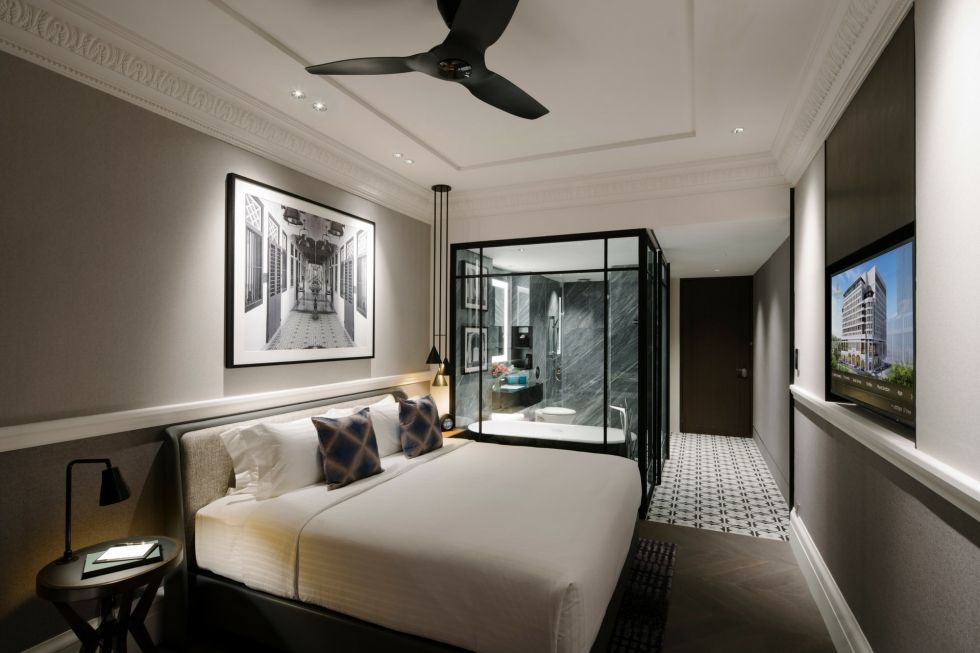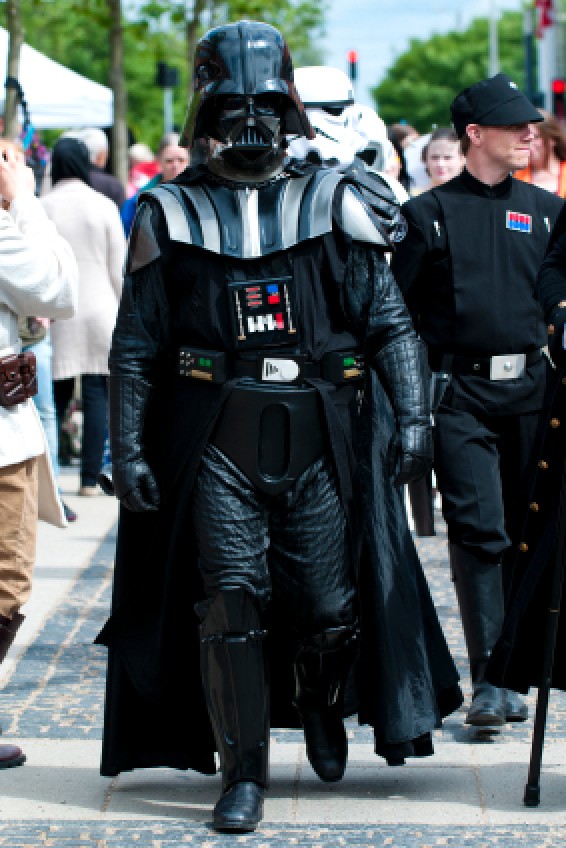Suite prices seldom ever come down closer to your travel dates. In fact, Suiteness suites are booked an average of 54 days in advance. Connecting suites are best booked 2-3 months in advance for better pricing and more importantly, better availability. Just like anything else that’s travel-related, suite prices are subject to seasonal trends. For over a decade, G Suite was Google’s collection of professional productivity tools. As the way people work has evolved, so has G Suite. To signify this transformation, Google rebranded the service as “Google Workspace.” Let’s take a look.

tout de suite
tout suite

How Suite Was That Died
Want to thank TFD for its existence? Tell a friend about us, add a link to this page, or visit the webmaster's page for free fun content.
 Link to this page:
Link to this page: A suite, in Western classical music and jazz, is an ordered set of instrumental or orchestral/concert band pieces. It originated in the late 14th century as a pairing of dance tunes and grew in scope to comprise up to five dances, sometimes with a prelude, by the early 17th century. The separate movements were often thematically and tonally linked.[1] The term can also be used to refer to similar forms in other musical traditions, such as the Turkishfasıl and the Arabnuubaat.
In the Baroque era the suite was an important musical form, also known as Suite de danses, Ordre (the term favored by François Couperin), Partita or Ouverture (after the theatrical 'overture' which often included a series of dances) as with the orchestral suites of Christoph Graupner, Telemann and J.S. Bach.
During the 18th century the suite fell out of favour as a cyclical form, giving way to the symphony, sonata and concerto. It was revived in the later 19th century, but in a different form,[2] often presenting extracts from a ballet (Nutcracker Suite), the incidental music to a play (L'Arlésienne Suites), opera, film (Lieutenant Kije Suite) or video game (Motoaki Takenouchi's 1994 suite to the Shining series),[3] or entirely original movements (Holberg Suite, The Planets).
History[edit]
Estienne du Tertre published suyttes de bransles in 1557, giving the first general use of the term 'suite' 'suyttes' in music, although the usual form of the time was as pairs of dances. The first recognizable suite is Peuerl's Newe Padouan, Intrada, Dantz, and Galliarda of 1611, in which the four dances of the title appear repeatedly in ten suites. The Banchetto musicale by Johann Schein (1617) contains 20 sequences of five different dances. The first four-movement suite credited to a named composer, Sandley's Suite, was published in 1663.[4][5]
The 'classical' suite consisted of allemande, courante, sarabande, and gigue, in that order, and developed during the 17th century in France, the gigue appearing later than the others. Johann Jakob Froberger is usually credited with establishing the classical suite through his compositions in this form, which were widely published and copied, although this was largely due to his publishers standardizing the order; Froberger's original manuscripts have many different orderings of the movements, e.g. the gigue preceding the sarabande. The publisher's standardized order was, however, highly influential especially on the works of Bach.
Many later suites included other movements placed between sarabande and gigue. These optional movements were known as galanteries: common examples are the minuet, gavotte, passepied, and bourrée. Often there would be two contrasting galanteries with the same name, e.g. Minuet I and II, to be played alternativement, meaning that the first dance is played again after the second (but without the internal repeats), thus I, II, I.
The later addition of an overture to make up an 'overture-suite' was extremely popular with German composers; Telemann claimed to have written over 200 overture-suites, Christoph Graupner wrote 86 orchestral overture-suites and 57 partitas for harpsichord, J. S. Bach had his four orchestral suites along with other suites, and Handel put his Water Music and Music for the Royal Fireworks in this form.
Handel wrote 22 keyboard suites; Bach produced multiple suites for lute, cello, violin, flute, and other instruments, as well as English suites, French suites and Partitas for keyboard. François Couperin's later suites (which he called 'Ordres') often dispensed entirely with the standard dances and consisted entirely of character pieces with fanciful names.
By the 1750s, the suite had come to be seen as old-fashioned, superseded by the symphony and concerto, and few composers were still writing suites during that time. But since the 19th century, composers have frequently arranged ballets, operas and other works into suites for concert performance. Arrangement into a suite can make the music more accessible and available to a wider audience, and has greatly helped popularize the music itself, such as in Tchaikovsky's suite from The Nutcracker, or Aaron Copland's suite from Appalachian Spring. Suites for orchestra or concert band usually consist of one or more movements. An example is Grieg's Peer Gynt Orchestral Suites I and II, each consisting of four movements. Such suites may consist of
- an instrumental selection from a larger work such as an opera, ballet, film score, or musical;
- a sequence of smaller pieces tied together by a common theme, such as the nationalistically inflected suites of Grieg, Sibelius, or Tchaikovsky and The Planets by Holst;
- a work deliberately referential of Baroque themes, as in the mischievous Suite for Piano by Schoenberg.
Carl Nielsen made a Suite for String Orchestra his Opus 1 in 1888 at the age of 23.
In the late 19th century, Sibelius's Karelia Suite was written for the students of the Helsinki university.
Brought on by Impressionism, the piano suite was reintroduced by early 20th-century French composers such as Ravel and Debussy. Debussy's Pour le piano is a suite in three movements, published in 1901, and his Suite bergamasque, revised in 1905, is probably one of the most famous suites, especially the third movement, Clair de Lune. Ravel is particularly well known for his Miroirs suite for piano and lesser known for Le tombeau de Couperin, both requiring tremendous skill and dexterity from the pianist.
Arnold Schoenberg's first use of the twelve-tone technique throughout an entire work was in his Suite for Piano, op. 25. Modeled on the Baroque keyboard suite, the piece consists of six movements entitled Präludium (Prelude), Gavotte, Musette, Intermezzo, Menuett (Minuet, with Trio), and Gigue.
Other famous examples of early 20th-century suites are The Planets by Gustav Holst, a 'Suite for Orchestra' in which each piece represents the astrological significance of one of the seven uninhabited planets then known, as well as his First Suite in E-flat and Second Suite in F for Military Band.
There are as well several examples of suites being used in the jazz genre. Perhaps the most notable composer is Duke Ellington/Billy Strayhorn, who produced many suites, amongst them: Black, Brown and Beige, Such Sweet Thunder, The Far East Suite, New Orleans Suite, Latin American Suite and many more. But is as well used in free jazz (Max Roach: Freedom Now Suite, Don Cherry, John Coltrane's A Love Supreme, etc.).
Dance suite[edit]
The dance suite was a collection of dance music popular in the Baroque era.
Sections[edit]
A dance suite contains some of the following movements:
- Entrée (ballet): Sometimes an entrée is composed as part of a suite; but there it is purely instrumental music and no dance is performed. It is an introduction, a march-like piece played during the entrance of a dancing group, or played before a ballet. Usually in 4
4 time. It is related to the Italian 'intrada'. - Allemande: Literally translates from French as the word 'German'. It is a stately German dance with a meter of 4
4. - Chaconne (Chacona): a slow Spanish dance in triple meter, much used as a vehicle for variation on a repeated short harmonic progression with a short, repetitive, bass-line.
- Courante or Corrente: A courante is a slow French dance in 3
2 time, while the Corrente is an Italian dance in quick 3
4. - Sarabande (Zarabanda): A slow, stately Spanish dance in 3
4 time. The original Spanish dance was very lively and quick, and deemed so inappropriate that Miguel de Cervantes said that 'hell was its birth and breeding place'.[6] The dance was subsequently slowed down in France to a solemn triple metre. - Intermezzi: This section consists of two to four dances at the discretion of the composer that may include a minuet, bourrée, polonaise, and/or a gavotte.
- Gigue (Giga): The gigue or 'jig' originates in Britain and Ireland, and is a fast dance, normally with a meter of 6
8. The Italian giga is rarer than the gigue, and is faster with running passages over a harmonic basis. - Minuet (Menuetto): A 3
4 dance in a stately manner. It is often short and simple often with only clear theme and little variation. In many suites there are two minuets, in such cases the first minuet is played with repeats, then follows the second minuet with repeats, then the first minuet is repeated (da capo) usually without repeats. There may also be a third minuet, in which case it is played with repeats after the first da capo, afterwards the first minuet is played again (usually without repeats) as a second da capo. - Passacaglia (Pasacalles): a lively, often serious Spanish dance in 3
4 or 3
2 meter. Commonly based on a bass-ostinato. - Pavane: A slow dance in 4
4 or 2
2 time of Spanish and/or Italian origin. - Polonaise: A dance in 3
4 which comes in cycles of two bars. A heavy stress is placed on the first beat of the first bar and a lighter stress is placed on the second beat of the second bar giving a slight feeling of disorientation. - Siciliana (Sicilienne): A dance in 6
8 or 12
8 in which most of the dance is fixed to one of three typical rhythms involving syncopation and inversion of the rhythm structure. It is often in a minor key and somewhat sombre. - Bourrée: A light dance in 4
4 time. A bourée begins with the last beat of a bar and continues with two or three bars until the 4th beat of one bar takes a light stress giving a sense of return to the beginning of the rhythm structure. - Gavotte: The gavotte is a dance in 4
4 or related time signature. It begins on the third beat of an incomplete bar. It continues for a few bars where the third beat takes a light stress giving a sense of returning to the beginning of the rhythm structure. - Passepied: A French dance movement in 3
8 or 9
8. The rhythm is almost always in quaver form. It begins on the last beat of an incomplete bar though the upbeat does not resolve until the end of each section (unlike the bourée or gavotte where there can be a resolution of the upbeat(s) every three or four bars. It is a light dance with a strong feeling of movement. - Badinerie: a brief and quick dance in 2
4 time that merged with the Scherzo to give rise to a movement of fast tempo in duple meter common in the Romanticism as a substitute to the Minuet.

See also[edit]
How Suite Was That Kind
References[edit]
- ^Alison Latham (ed.) The Oxford Dictionary of Music (2002 edition), article; 'Suite'
- ^Alison Latham (ed.) The Oxford Dictionary of Music (2002 edition), article; 'Suite'
- ^Symphonic Suite the Another Story of Shining Force
- ^Caldwell, John (1 April 1985). English Keyboard Music Before the Nineteenth Century. Courier Dover Publications. p. 155. ISBN978-0-486-24851-6.
- ^Cooper, Barry A. R. (1989). English Solo Keyboard Music of the Middle and Late Baroque. Garland. p. 40. ISBN978-0-8240-0191-9.CS1 maint: ref=harv (link)
- ^Cervantes, Miguel de (1615). 'Entremés de La Cueva de Salamanca'. Entremeses. Ediciones Akal (published 2007). p. 184. ISBN8446027992.